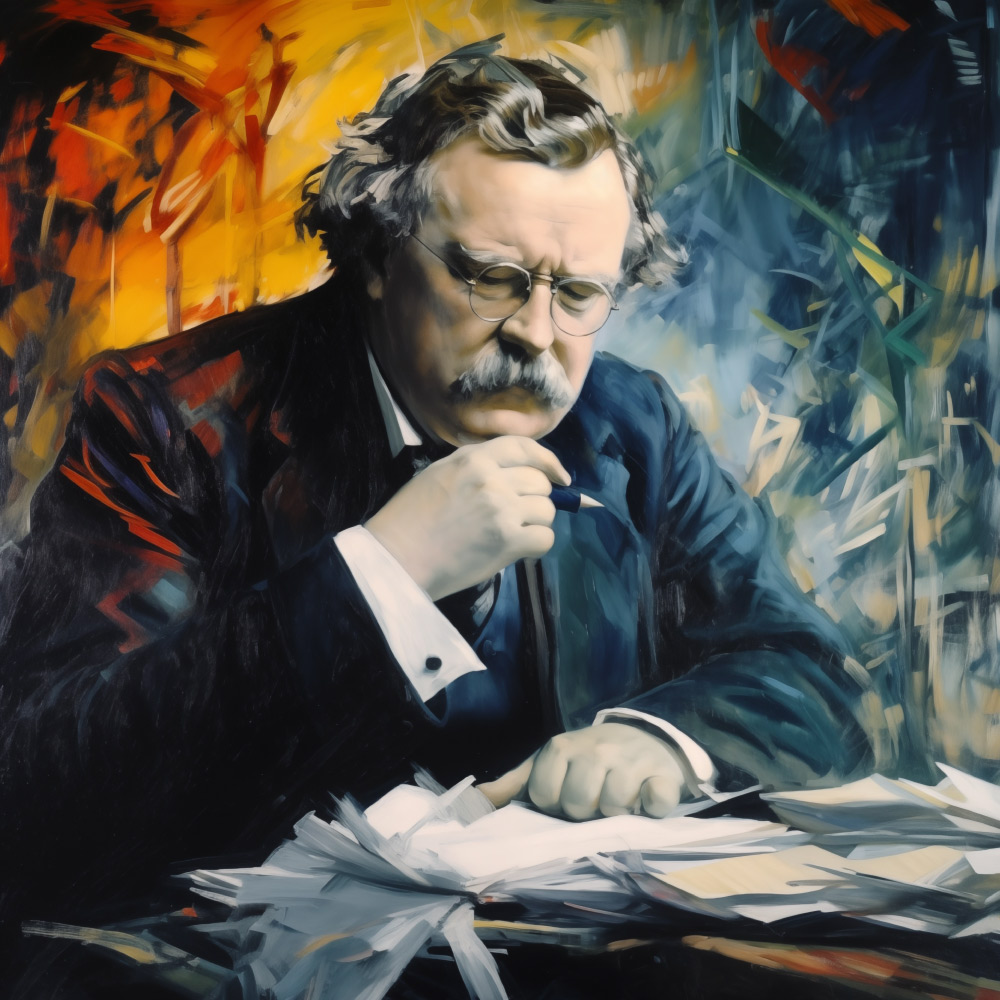
As a seminary intern in St. Louis, Missouri, I was part of a Jewish-Christian Dialogue group. We were seeking to understand one another’s traditions, work together for the good of our neighborhoods, and promote tolerance and respect in society. I had been invited into the group by a member of the church at which I was serving. She grew up Jewish, and in recent years had, in her words, “completed my faith” by gaining an understanding that Jesus is the Messiah foretold by the prophets of Israel.
One of the dimensions of religious life that we all found we had in common across faith traditions and denominational lines was the incessant divisiveness that split our seemingly monolithic communities into dozens of similar yet tenaciously varied subgroups. A Jewish professor of psychology said of his tradition, “If there are ten Jewish males in a city we create a synagogue. If there are eleven Jewish males we start thinking about creating a competing synagogue.”
A Baptist police officer had a similar tale. He said, “One Baptist family in a neighborhood witnesses until they bring another family to Christ. Then they form a church, and start witnessing to the rest of the community. When another family joins, they have a schism and form a rival church.”
According to a Presbyterian homemaker, her communion was a little like vegetable soup. “We have,” she said, “the OP’s, RP’s, BP’s and Split Peas!”
And a Methodist businessman complemented these tales with an apocryphal tale of a man from his faith community who had been shipwrecked for years on a small island. When found by a passing ship, rescuers asked him why he had constructed three huts, since he was there by himself. “Well,” he replied, “that one is my home, that one is my church, and that one is my former church.”
Religious life in our world is like that. We call it “Balkanization.” The term comes from the history of the Balkan Peninsula in Eastern Europe where centuries of fierce clannish self-preservation have defied the creation of stable broadly-encompassing nation states. Large identities, like huge denominations, may expand rapidly for a time, but inevitably splinter groups form and secede, often at the price of vitriolic rhetoric and great emotional pain.
Groups living in an area may have much in common with one another, yet they often become unusually antagonistic in their expressions of contempt for each other. I remember a Saturday evening when I was already in bed and the telephone rang. I had often told my elders and ministry staff not to call me after about 8 p.m. on a Saturday evening unless there was a really severe emergency. By that time my mind was leaning heavily into Sunday morning worship preparations and I needed my rest and sleep in order to be well prepared. Furthermore, we had so often told our daughters that they could not have friends over on Saturday night, and that if they had to be out, to come in quietly so as not to disturb Dad.
But this Saturday night the phone rang at 11:10. Worried, I rapidly answered it. Our oldest daughter, then a freshman away at college, was on the other end. She was sobbing. My heart clenched. What could have happened? Was she hurt? Did I need to rescue her?
Quickly she assured me that she was not in any danger. Then she asked one of those unanswerable rhetorical questions: “Dad, why do we treat each other the way we do?” She asked it with such passion and vehemence that I knew I needed to wait for a better explanation of her mood, and not too abruptly try to fix things.
She had just gotten back to her residence hall after going to a movie that was shown on campus. It happened to be American History X, the biting story of a prejudiced family and the unfolding horror of the way this bigotry destroyed their lives and their communities. The main character kills someone of another race at the beginning, and proudly goes off to jail as a triumphant martyr for the white supremist cause. Flashbacks show how his father indoctrinated ethnic stereotypes and warlike blood pride into the family over mealtime monologues.
But in prison, the only person who defends this tough skinhead against an even crueler world of torment and dehumanization is a Black man. Suddenly the old prejudices lose their punch and moral worlds collide. The inmate gets an education he never expected, and sees color and ethnicity in new ways. He emerges from jail far more reflective, and his boastful prejudices and racial slurs have been virtually wiped clean from his lexigraphy.
Yet the problem of racism grows tenacious roots in a family or community. When the main character returns he finds his younger brother welcoming him like a god, ready to fight at his side in the next genetic clash over turf and social dominance. The story winds to a tragic conclusion in which all of the prejudices come back to haunt and bite and disrupt.
So that’s the movie my daughter had been viewing. And now, in tears, she needed to talk to me. “Why do we treat each other the way we do?” she asked. What could I say? What would you say? What answer is there to give?
The reality is that we all harbor peevish prejudices, but most of the time we keep them internalized in order to live politically correct lives. What would others think of us if we really told them how we felt about so-and-so or such-and-such? So we parade around in the dignity of refined culture.
Yet the bigotry remains underneath. And only when it is voiced in all of its ugliness, like my daughter faced from the movie screen is there the start of a revulsion that may bring healing.
Leaders are not immune to competition and prejudice. We participate in a world of bigotry and socio-economic segregation. And that is why we need partnerships to remind us of both who we are and Whose we are.
Such is the mission and mandate of CLC.
Photo credit: AndYaDontStop / Foter / CC BY
Written by Church Leadership Center /
September 22, 2015
Latest CLC Articles
Ministry Learning Communities
Join one of our Ministry Learning Communities (MLC) that will equip you to live faithfully, building core competencies, and provide a path to more formalized leadership in the church.Church Lifecycle
Discover where your church
currently is in it's lifecycle







